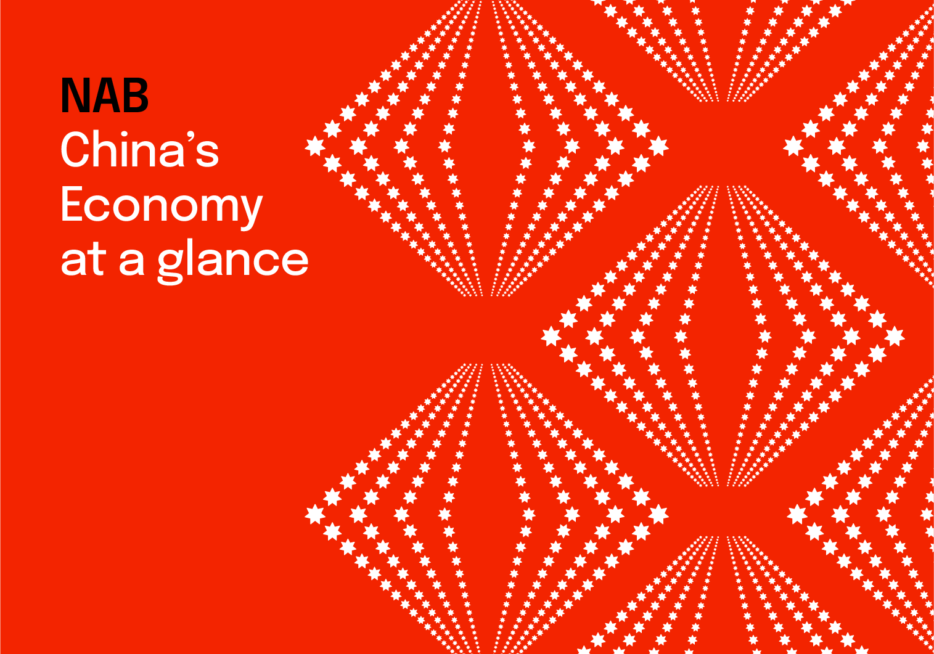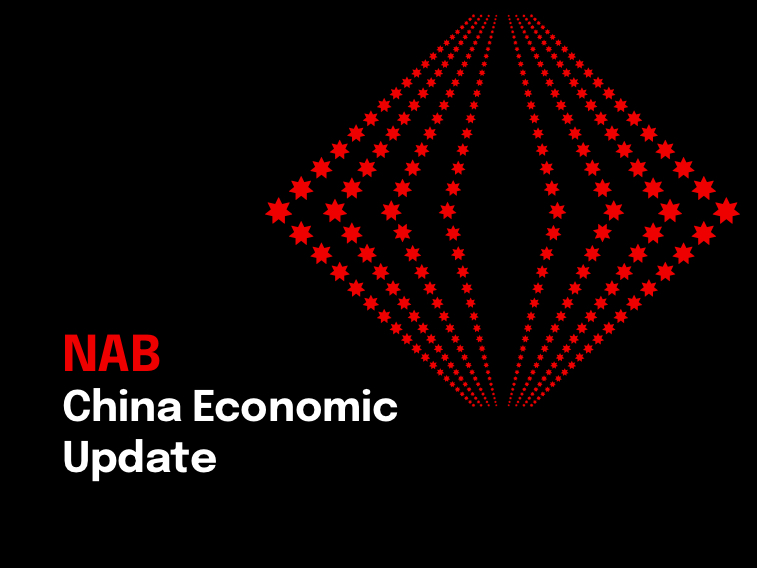Tariff pause gives China’s economy some breathing space, but longer-term uncertainty persists


Insight



Tariff pause gives China’s economy some breathing space, but longer-term uncertainty persists


Insight


China’s manufacturers need stronger domestic demand as trade with US is curtailed


Insight


Robust growth was maintained in Q1, but China faces the storm of US tariffs


Insight


China identifies its domestic problems, but can it effectively address them?


Insight


China keeps growth target unchanged and rolls out a consumption plan, but will it actually be delivered?


Insight


Are China’s bond yields a flashing warning light around the future?


Insight


Economic planners flag more stimulus in the pipeline, but there may be a wait on the details


Insight


No “bazooka”, not even real stimulus


Insight


Fiscal stimulus likely too late to boost 2024 growth, but may add some upside to 2025 forecasts


Insight


No signs of change in July as policy emphasises supply, domestic demand is subdued


Insight


More of the same: Third Plenum shows little appetite for needed reform in China


Insight


China’s growth slowed in Q2, with domestic demand remaining constrained and manufacturers relying on exports


Insight


Indonesia may mark a turning point for EM trade policies with China


Insight


How will China respond to the European tariffs on its electric vehicle exports?


Insight


China steps up support for the property sector – but will it be effective?


Insight
© National Australia Bank Limited. ABN 12 004 044 937 AFSL and Australian Credit Licence 230686.
